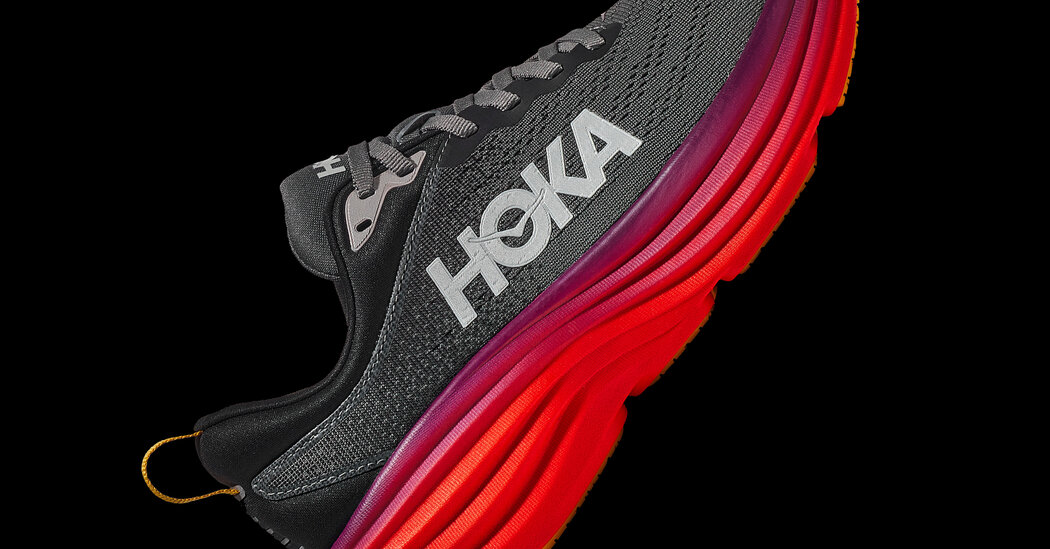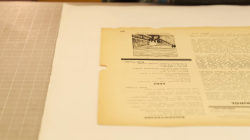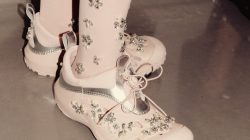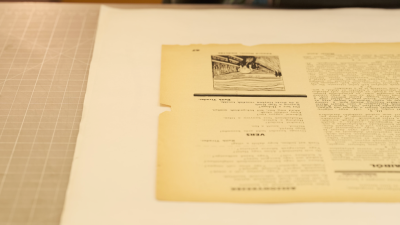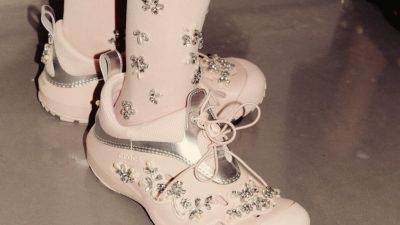In earnings released in early February, Hoka’s dominance only increased, with its parent company reporting a 90 percent growth in Hoka sales from the same quarter last year, collecting over $350 million in revenue.
“It’s a growth brand,” said Drew Haines, the director of sneakers and collectibles at StockX, a resale marketplace that, in its August report, named Hoka as the fastest growing sneaker brand. (In its January report, Hoka fell into the No. 2 spot, with year-over-year growth of 713 percent.)
“I live here in Miami, and I see people in Hokas in restaurants and bars,” Mr. Haines said. “It’s a comfort thing but also a form thing. People are wearing them because it’s stylish and trendy.”
It’s true that, as unlikely as it may have seemed a few years ago, Hokas are stylish and trendy. Their first fans were not sneakerheads, though. Hokas began their life in the French Alps, when three athletes and product developers, Nico Mermoud, Jean-Luc Diard and Christophe Aubonnet, collaborated on a trail-running sneaker that hit stores in 2010. From the beginning, the shoe had the oversize sole, an innovation designed to help people run down steep hills and mountains. According to Outside magazine, the first idea was to make a slip-on that you could put over your shoes. The big soles had a functional lineage, a kind of “oversized technology that had been successfully used in powder skis, mountain bike wheels and tennis rackets.”
Word spread quickly in the running community in the United States after a runner in Boulder, Colo., bought 770 pairs to sell after seeing the shoe at a trade show. By the end of 2010, it was on best-of lists and adopted by elite athletes.
But Hoka would not be where it is today if only runners had embraced the bulbous sneaker. Mr. Doolan, who has been with the company for 13 years, attested to the growth in markets, agreeing that the company is, broadly speaking, reaching streetwear and fashion types as well as runners, older people or anyone who is injured or needs a reason to embrace comfort.
Sumber: www.nytimes.com
